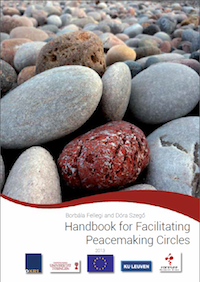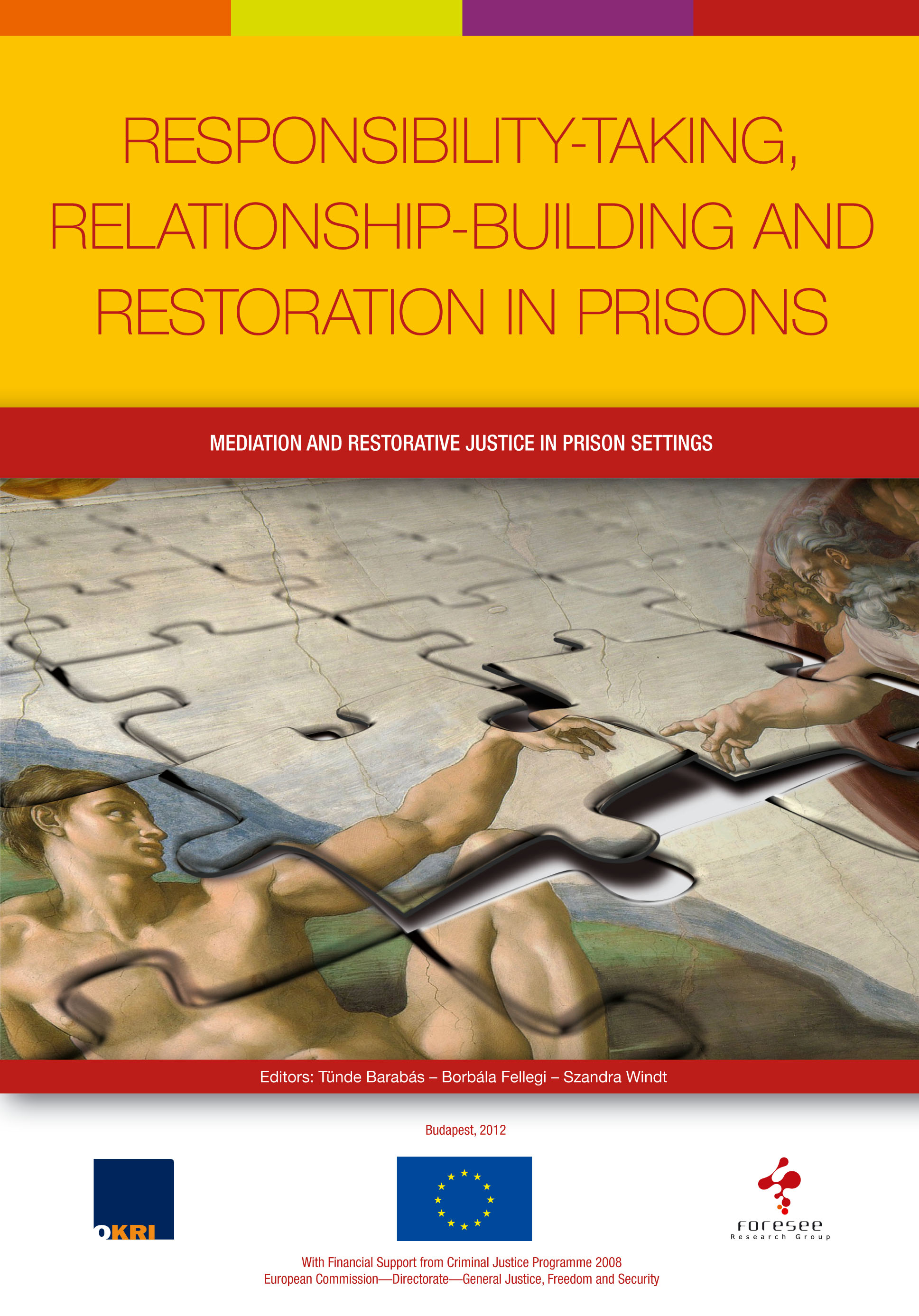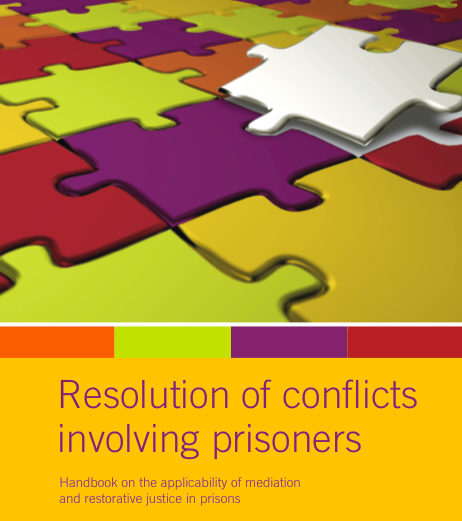When you are working at a school, for sure there are situations around you where you can intervene in a restorative way. The question is rather how many times a day you do it. And would you use it even though it might not be the best choice in a particular situation.
Experts, creating and realising restorative schools, are stating that only 1-5% of the incidents in these institutions are “ready” to be assessed with a formal restorative conference method. This is also valid for our school. But what makes an incident “ready” or “mature” – beyond the formal preconditions – is a much more difficult question.
The last time we organised a restorative conference was when someone cut the restraining strap of the acrobat pupils’ stand. Cut it in a way that just weakened it so it wouldn’t collapse. Our artists were training for two days on it without recognising it, practically in constant threat to their lives. When they finally discovered the damage they stopped the trainings, the strip was examined and we called together the whole community – all teachers, social workers, artist trainers and all the students who stay in the building. Nearly a hundred people took part in the conference – main teachers, artists, pupils were speaking. It was quite moving and long and there were no confession. The community offered reparations/restitution.
A few days later one of our pupils asked to see my colleague and took responsibility for what happened but asked for anonymity. The pupil also asked to be part of the group making the reparations but telling no one what he/she has done.
As a facilitator I let him/her to join the group anonymously, but I expressed my opinion how taking the responsibility would be more complete with a name and in front of the community. He/she promised to step out in front of the community when he/she is ready to do it.
People kept asking why did I let him/her join the group and stay in anonymity, what kind of responsibility taking is that, by negotiating with me and not with the community.
I believe in these cases there are no ultimate recipes: in this particular incident the most important thing for the community was to avoid the feeling of helplessness and to eliminate the threat to their lives. Their primary need was to figure out a way to defend themselves. And the perpetrator was ready for this, an anonym restitution, no less or more.
What else should have been done here? Thanking his/her offer to join in the restitution but not accepting it in this way? Giving back the decision making competence to the community, by mediating the offer of the perpetrator and let the community consider and decide?
…
In reality, the everyday life of a school doesn’t let us use only the common, usual schemes, we can’t work following sterile scenarios in every case and we often have to respond and decide very quickly with the chance of making mistakes but in the exact rhythm as the community’s receptivity stays opened.













